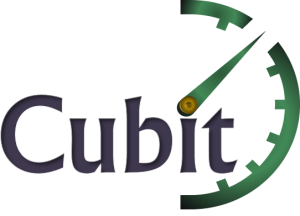
Company #1
Needed to ensure regulatory requirements and field technical competencies were up-to-date and consistent across three acquisitions. Also wanted to assess skills and manage gap closures in a new learning management system.
Solution
Results
Company #2
Energy company acquired large U.S. competitor with dramatically different competency assurance practices. The client needed to assess, consolidate and merge diverse programs into a unified competency assurance program to meet all regulatory requirements in both Canada and USA.
Solution
Results


Company #3
After spending 8 figures to build an in-house training and competency program, client wanted to identify learning gaps in their technical training programs and benchmark against technical institutions’ curriculums to determine equivalence where possible.
